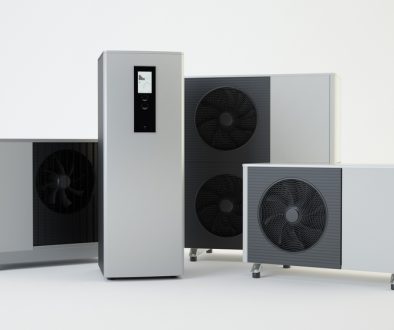Smart Manufacturing: the smart factory
Smart manufacturing is a form of smart production, supported by the principles and technologies which form the central features of industry 4.0. It is a new way of doing business, which moves away from the now obsolete product-centric model and embraces a new approach focused more closely on improving client satisfaction.
This objective is achieved via optimisation of the so-called three ‘P’s: Products, Processes and People. Digital is the key factor which enables the company to develop integration, relationship building and sharing among all components of the supply chain, while placing the client at the centre of everything.
The smart factory lives off information
An essential characteristic of smart manufacturing is the central role of information. This is what gives rise to the concept of the smart factory, a combination of infrastructures and production processes operating according to the data gathered.
Today’s smart factories are fitted with a large number of sensors, which keep track of all the figures related to raw materials, the systems which transport them and the machinery used to process them, while monitoring every aspect of procedures up until the moment the finished product reaches market.
This flow of data is immediately shared, for example, via Cloud technology, with the various departments involved in production. Using CRM (Customer Relationship Management), it is possible to use this data to provide efficient pre- and post- sales services.
The most important technologies for smart manufacturing
As mentioned above, it is the technologies of industry 4.0 which guarantee the smart approach to production. By adopting these, the data gathered is rendered intelligible, useful and shareable, quickly and securely.
From an operational point of view, the most relevant functions are:
- Internet of Things (IoT)
- 3D printing and additive technologies;
- Augmented reality and virtual reality;
- Robots and cobots;
- Artificial intelligence and RPA.
As far as controlling and managing the smart factory is concerned, the following are of note:
- Industrial internet;
- Cloud;
- Cybersecurity;
- Management of big data and analytics.
Implementation of these technologies ensures that a company wishing to embrace the concept of smart manufacturing can interconnect between modular systems, with the aim of enhancing operational capacity and agility of production.
Is switching to smart manufacturing financially advantageous?
Choosing a smart approach to the production of goods and services which focuses on the client, offers many advantages, thanks above all to smart management of the three P’s. The data gathered helps, for example, to improve the relationship between producer and client, by emphasising new communication methods which incentivise transparency.
Diverse working methods can also be developed, based mainly on cooperation and collaboration between all those involved in the supply chain. This is made possible by the sharing of data in cloud, which on the one hand encourages better alignment of all parties and on the other hand, results in time saving. Smart manufacturing therefore has the advantage of being more accurate and enabling an optimised costs-results- ratio.
Another attractive benefit is CRM. This software is essential for coordinating all the elements of the production chain and can exploit (as mentioned above) data gathered by the sensors in the smart factory, in order to improve every aspect of production, sales and assistance.
In-depth analysis of all the information relating to each individual client enables the implementation of servitization. This permits more accurate decision-making, starting from the client’s initial request and culminating in the provision of the solution, whether it be goods or services.
Finally, those CEOs who are considering the switch to a smart factory, the ‘As a Service’ and ‘Pay per Use’ logics are highly recommended, as they can provide high quality infrastructures, equipment and resources, without the need for huge expenditure.
Translated by Joanne Beckwith







